How to stay dry on a motorcycle
Published on: 09 December 2021
The first point I would make is that if you ride a motorbike, there are going to be circumstances in which you are going to get wet. I often joke about the fact that if you really want to stay warm and dry, you should take the car, but there’s an inconvenient truth here. There’s no way of guaranteeing that you will always stay dry if you ride a motorbike.
Supposedly leaking motorcycle garments are, by far, the largest cause of warranty claims with motorcycle apparel retailers. But the reality is that less than 25% of claims about leaking garments end up actually being leaking garments. When somebody returns something because it leaks, it will nearly always go off for testing. Normally, what is found is that the membrane is doing its job, and that water has gained entry not via the membrane, but in some other way. Not always, but usually.
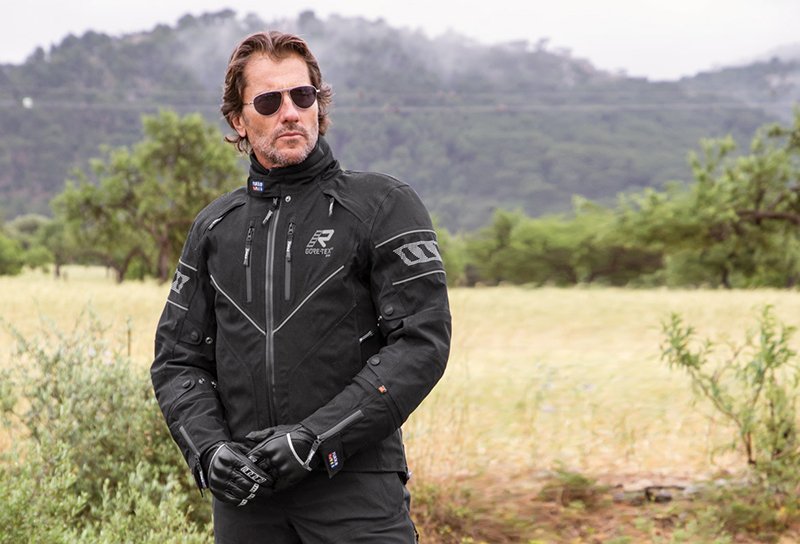
What you also need to understand is that no manufacturer, even somebody like Rukka, is ever going to guarantee that you will not get wet wearing one of their garments. And that’s because both jackets and pants have large holes in; for your neck, your hands, your waist and your legs. Most manufacturers will offer some kind of guarantee on their gear; and importantly this will cover the membrane. And so for the duration of the warranty, you have a guarantee that the membrane will do its job. But that doesn’t mean that there is a guarantee that you will stay dry. If the membrane becomes damaged through wear and tear, or if the jacket is punctured in an accident, then you won’t be covered by the warranty.
Nor can you rely on any zip to totally prevent water ingress. You may think your jacket has waterproof zips, but delve deeper and you will find that even the best zips on the most expensive jackets only claim to be water resistant.

Let me touch finally upon Gore’s ‘Guaranteed to Keep you Dry’ claim. This claim has no time limit, but it is still somewhat meaningless and even, we would suggest, a little misleading. What Gore is saying is that their membrane will continue to do its job provided it is not, in any way, damaged. Well, in truth, so would any undamaged membrane. We like Gore as a company; and Gore-Tex products tend to be more reliable, but what this guarantee actually demonstrates is that what Gore really does better than anybody is marketing!
But before we get deeper into this whole topic, let us talk a little bit more about what a membrane is and how it works, because you need to understand a bit about membranes before you can understand how to stay dry.
Put simplistically, a membrane is a very thin polythene-like sheet with millions of holes in it. The membrane sits inside the outer shell of the garment. It can be sewn into the garment; what is known as a drop-liner membrane. Or it can be bonded to the inside of the outer shell of the garment; what is known as a laminated membrane.

The holes are so tiny that water molecules cannot pass through the membrane from the outside and reach the body. But they are large enough to allow your sweat, once it has turned from a liquid state to a gaseous one, to escape into the outer atmosphere. And this is crucial because, if your sweat could not escape the garment you would simply get wet from the inside. And that’s just as unpleasant as getting wet from the outside!
Not all membranes are the same. Some are better than others, but the essential trade off is between breathability and impermeability. Some membranes breathe really well, but are not as good at resisting water ingress. Some are better at protecting against water ingress, but breathe less well.
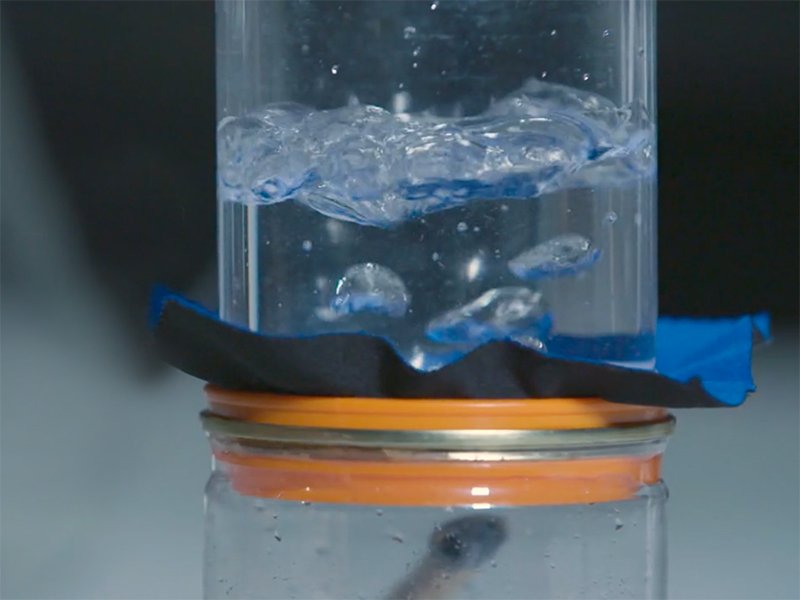
But nonetheless it has to be acknowledged that every membrane has its limit. The ability of a membrane to resist water ingress is measured by placing it at the bottom of a cylinder of water. The height of water in the cylinder is a measure of the effectiveness of the membrane at withstanding water. But whatever the membrane there will come a point where the pressure of the water is so great that water will pass through it. Not even the best Gore-Tex membrane is totally impervious.
The only thing that would be totally waterproof is a plastic sheet. A garment lined with a plastic sheet would be exceptionally waterproof, but because your sweat would not be able to escape you would, in effect, experience the equivalent of a monsoon inside your jacket.
Some garments have waterproof treatments. These garments don’t even pretend to be waterproof. They are at best water resistant; and even then only for a relatively short period of time.
Any garment with a membrane will keep the rain off, but again not all will perform this function to the same level. We’ve already seen that some membranes are better than others. But an important part of keeping the rain out is the taping that seals where the membrane is sewn into the garment. This is an expensive operation, so you won’t get the best quality taping in a cheap jacket. We don’t like the ‘you get what you pay for’ aphorism, but in this respect there’s some truth to it. A more expensive jacket will often be more waterproof because it will simply be better put together. So if you want to stay dry, don’t cheap out too much.
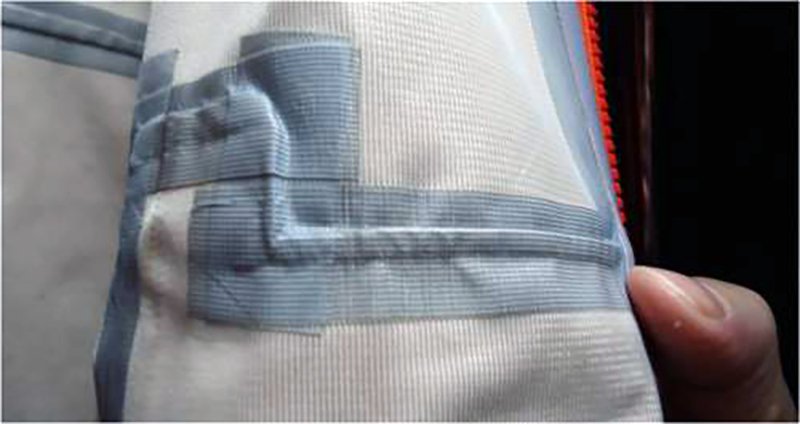
Let’s now have a brief chat about laminated versus drop-liner membranes. There is a view that laminated garments are more waterproof than drop-liner garments. This is an over simplification. The membranes in both are just as effective, but if you find yourselves riding in rain for four or five hours, a laminated garment will absorb less water. In either jacket you would still stay dry, but in a traditional, drop-liner garment the water can pass through the outer fabric. And although the membrane will prevent it from reaching the body, this can make you ‘feel’ wet and cold.

Nevertheless if you spend a lot of time riding in the rain, you’re probably better off in a laminated outfit. If you only find yourself occasionally riding in the wet, a drop-liner jacket will still keep you dry. It will also be warmer, more comfortable and, on a ‘pari passu’ basis, probably less expensive.
The first thing is to wear breathable base and mid layers.
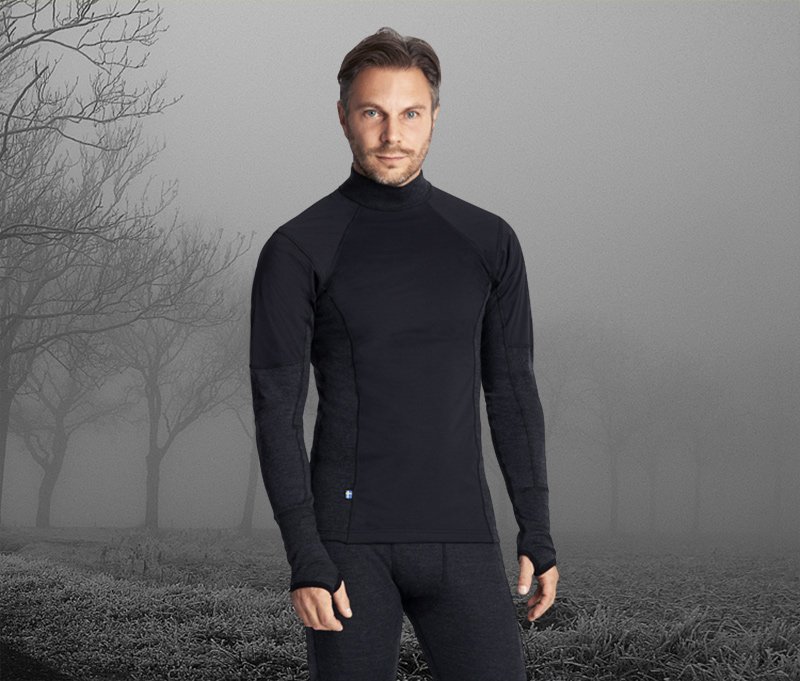
We sweat all the time. That sweat has to escape, and so you need to wear synthetic or Merino layers to allow moisture to be wicked away from the body through to the outer atmosphere. Anything in cotton will absorb moisture, and this can cause you, as a motorcyclist, to feel that water has entered the garment when it hasn’t.
One of the key ways in which water can get into a jacket is through the neck. Water runs down the helmet into the garment. This creates a channel that makes it easier for more water to enter the garment. You arrive at your destination. You think the jacket has leaked, but again it hasn’t. The solution is to wear something waterproof around your neck; something in Neoprene or something with a membrane.
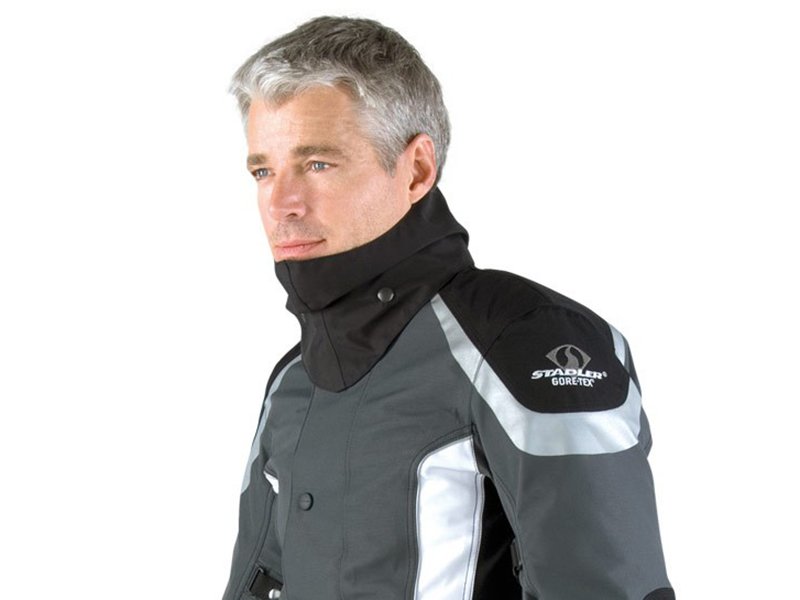
One of the problems is that when water runs into a jacket, it normally then runs into the pants. People assume that when they find they have wet underpants, their trousers are leaking too, but very often they are not. Indeed, when somebody returns a suit to us saying that both halves leak, we pretty much know that the customer is mistaken. The suggestion that both the top and the bottom have sprung a leak at the same time pushes the bounds of credibility; it just doesn’t tend to happen.
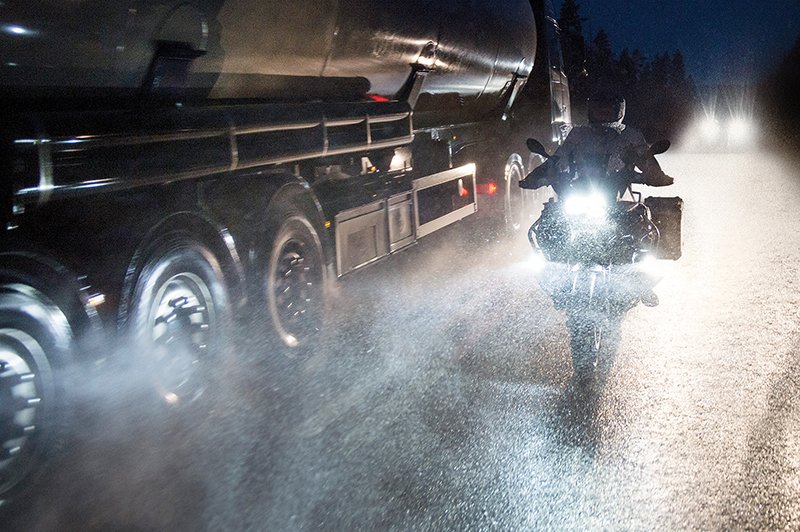
Water can also get into a jacket under the hem of the jacket. If you are riding at 70 mph in heavy rain for a period of time, it’s going to be impossible to prevent this. In these circumstances, you need to zip a jacket into a pant to try and stop the rain reaching the body. And the closer this is to a 360 degree zip the better. A short zip may stop the jacket separating from the pant in the case of an accident, but a zip like this won’t be much of a barrier against the rain.
Obviously, always make sure all the zips on your jacket are closed. This is the weak point on any waterproof garment, but it’s particularly important on a laminated garment because, if the zip is open, there is no membrane inside to prevent the rain from reaching the body.
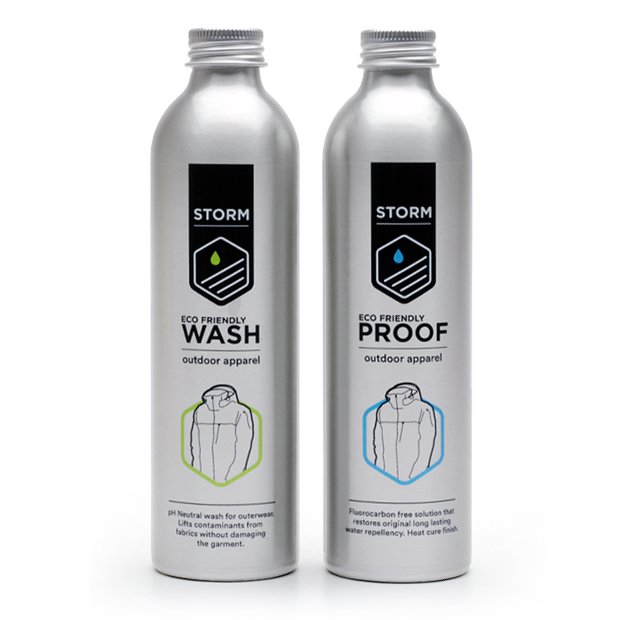
Make sure you regularly clean your waterproof garments, because eventually they will start to leak if you don’t. Over time, your gear will take on dirt and grime from the road. This will seep into the pores of the fabric. Imagine a car windscreen when you don’t have any water in the reservoir. You can’t see it but that is what is happening to your jacket every time you ride. The problem is that when it rains, this grime is hydrophilic. It will suck water into the garment. And if this happens it makes it easier for the membrane to be overcome.
The other reason you need to wash your garments is that the salt from your sweat becomes encrusted and adheres to the membrane. This also becomes hydrophilic, and so will draw in water when it rains.
The other thing you need to do when you wash your garment is refresh the Durable Water Repellant (DWR). This is a waterproof coating, and every waterproof garment has one. It’s the initial barrier against the rain, and it’s important, because the more water water there is inside the jacket, the greater the chances are that the membrane will be overcome. But the DWR wears out. And so whenever you wash your jacket to get rid of the road grime and sweat, you need also to refresh the DWR. A product like Storm, which incorporates a re-proofed is the best way to do this.
What you should never do is wash your waterproof garments with a standard detergent, as the soap can clog the membrane, but importantly it can also attack the adhesives in the taping, meaning that the garment will no longer be waterproof.
Now, having purchased a waterproof jacket or pant, most people imagine that they shouldn’t need to wear waterproofs over the top. And perhaps you shouldn’t need to. But if you do this, you will move closer to that nirvana of 100% waterproofing. Separate waterproof outers are a bit of a pain, it has to be admitted, but if you really do want to reach your destination bone dry, this is the way to go.
I don’t suggest you need to do this on your daily commute, or for a couple of hours in the rain. But if you’re going to be on the bike for four or five hours or more, a waterproof over the top of your gear will pretty much guarantee that you won’t get wet.
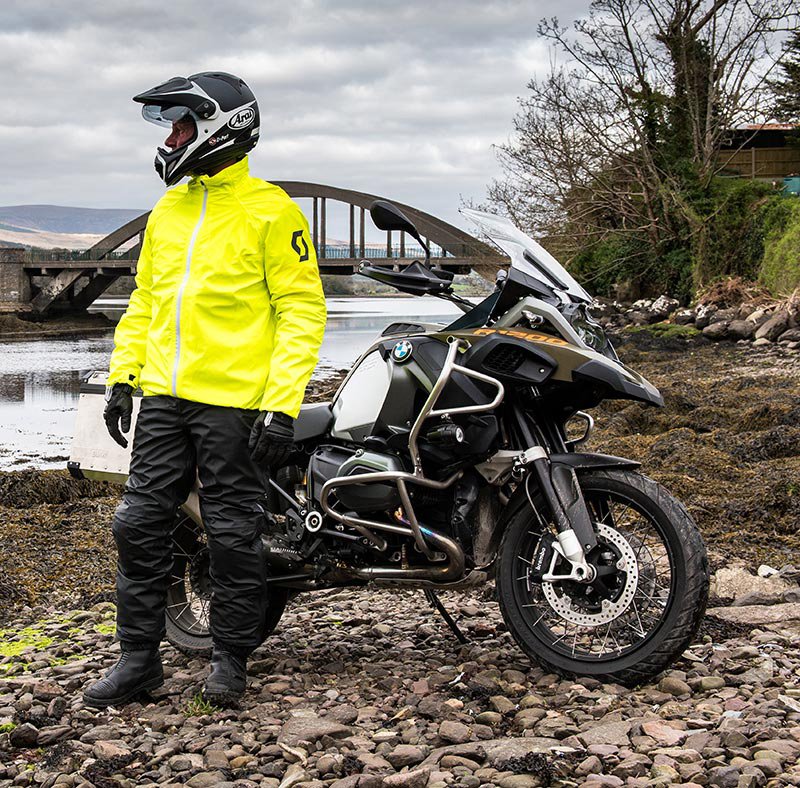
In this review, it was not my intention to go into boots and gloves in any great depth. I will cover these in another video at some point. But a few words. Laminated gloves will keep your hands drier. And gloves with textile uppers will soak the rain in less than gloves with leather uppers. For waterproofing, you should go for a glove with a cuff that is long enough to go inside the sleeve of your jacket. Bear in mind, however, that some winter gloves will be too thick to enable this to happen.
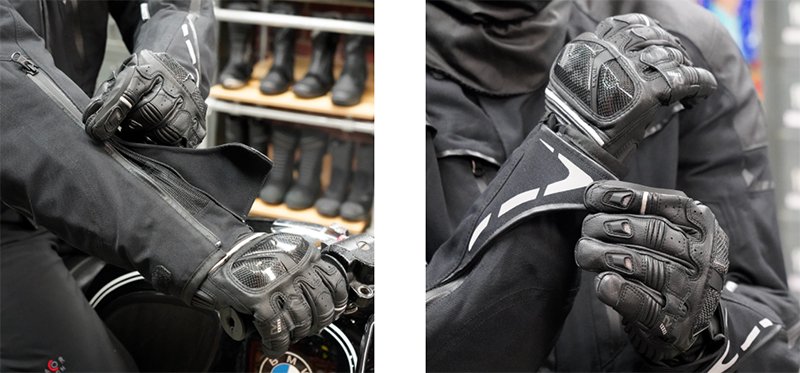
To keep your feet dry, you should go for a taller boot. A tall boot will always work better than a short boot, and that’s because the rain will bounce off the road and more easily come over the shaft of a short boot. The hems of your waterproof pants will also become particularly wet in heavy rain; and if you have a short boot, this will again run into the boot.
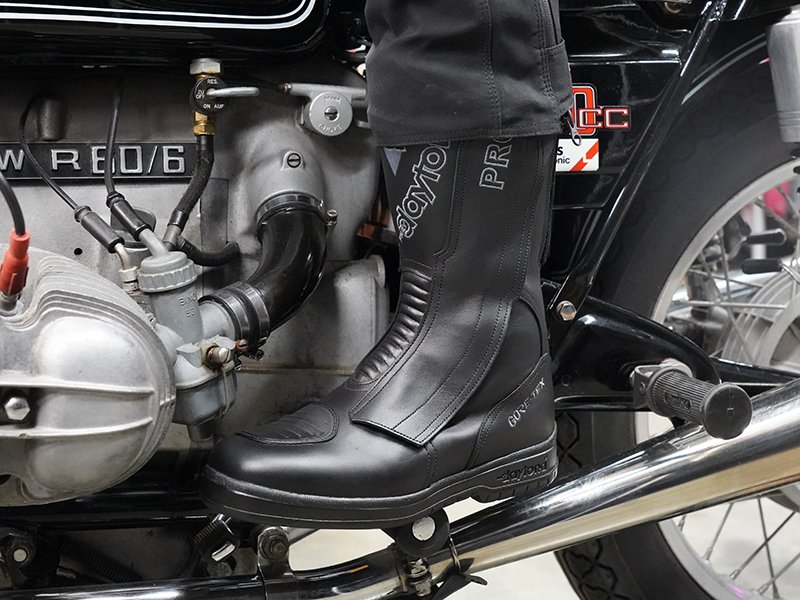
There is, though, another important consideration when it comes to keeping your feet dry. You need to have trousers that are long enough. Not long enough on the street; long enough on the bike. On the bike, the hem of the trouser should sit on the ankle bone. And this means that a trouser might appear too long when you're walking on the street. So be it! But if the trouser sits too short, the rain can get under the trouser leg and into even a tall boot. Bear in mind that, on something like a GS, the hem of the pant can rise by three to four inches. If you choose a motorcycle pant to look good when you’re having a bacon sandwich, that’s fine by us. Just don’t complain when you get wet feet.
Now nobody wants to get wet. Well, okay, fish like to get wet, but most of us don’t. But the real issue with getting wet is its impact on our ability to stay warm. And staying warm is vital when it comes to riding safely and staying alive. So, nice as it is to be dry, the important thing on a bike is to stay warm. And the two are inextricably linked because we lose body heat through a wet medium far faster than we do through a dry one. Klim reckon that it’s 23 times faster!
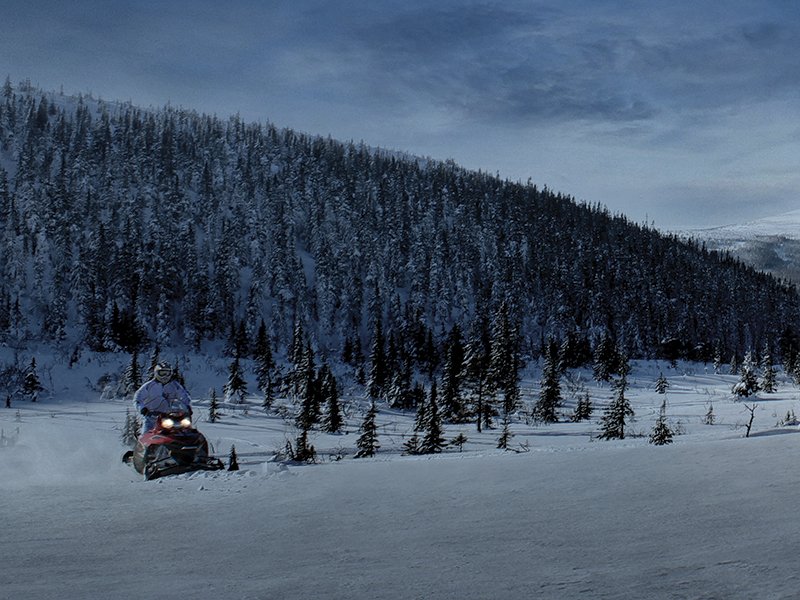
Arriving at a destination feeling a touch wet is a bit uncomfortable, but riding when you can’t feel parts of your body because you’re cold is dangerous and even irresponsible. And this is why it’s so important that you stay dry.
Those who live in colder climates are particular attuned to this . If you get wet inside your garments and the temperature falls to near-zero temperatures, that moisture can start to freeze. And if that happens you can quickly get hypothermia; and that can be a killer. It’s why it is so important to make sure you do everything you can do to stay dry.
When you ride a bike you are exposed to the elements in the way that you rarely are in most other aspect of daily life. You can be doing 70 mph head on into howling rain. In those kinds of conditions, on a motorbike, rain is going to eventually find its way through to the body.
There is a kind of biker, normally someone who has come to biking recently or later in life, whose first thought when they get wet will be that their gear has let them down. This is naive, and the truth is that if you can’t stand the idea of getting wet now and again, don’t ride a bike.
If you climb mountains, you will get cold, but you would look foolish if you tried to return the jacket to the place you bought it because you felt chilly! If you ride a motorbike, you will occasionally get wet. And sometimes you will get very wet.
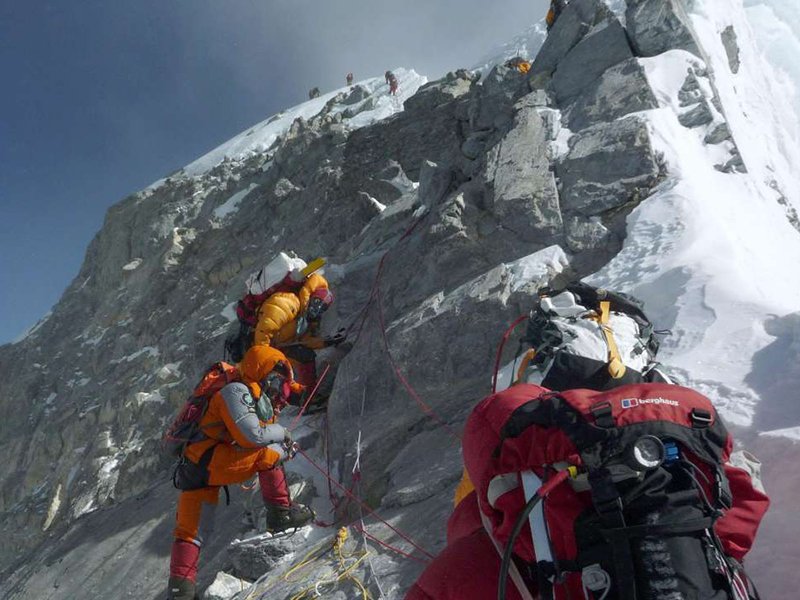
There are things you can do to protect yourself and to minimise the problem. You can buy better gear. Buy a bike with a big fairing. Or take on board some of the tips we’ve been discussing here. But whatever you do there will be times when you will still get soaked through to the skin.
Every experienced biker has been there. It goes with the territory; it is a biker’s rites of passage, so to speak. You won’t necessarily enjoy it, but you can embrace it. Try to understand why you got so wet, and try to do something about it for the next time. It’s usually nobody’s fault, and it’s a lazy workman who always blames his tools; which is to say that the problem is often not the gear you are wearing as much as the way you are wearing it.
Getting wet is as much a part of biking as are the thrills and the occasional bouts of fear. It happens. And it’s our ability to accept such vicissitudes that marks us out as bikers. There are more comfortable ways to travel. But biking is exhilarating. Sometimes you get hot. Sometimes you get wet. Sometimes you get cold. It’s all part of the fun. But you’re a biker. Just suck it up.
Share this story
































































